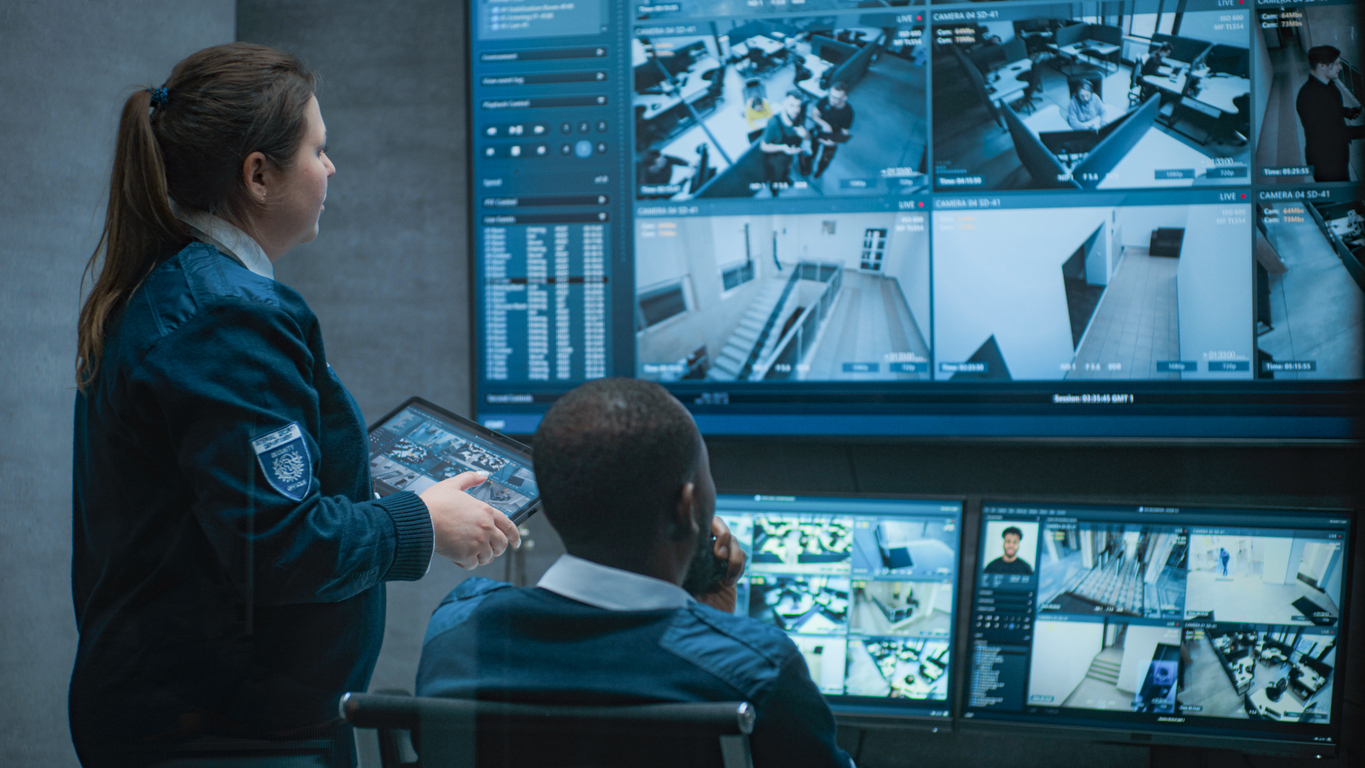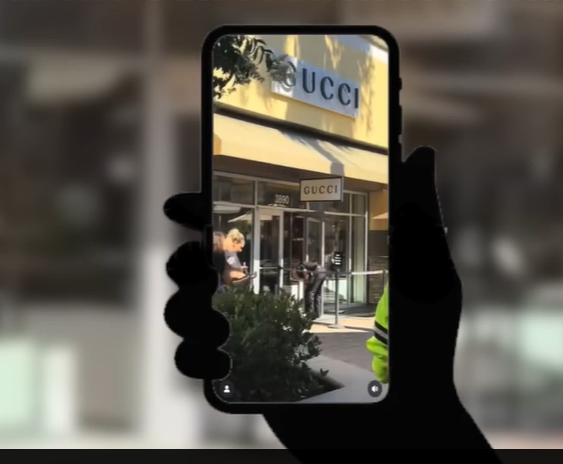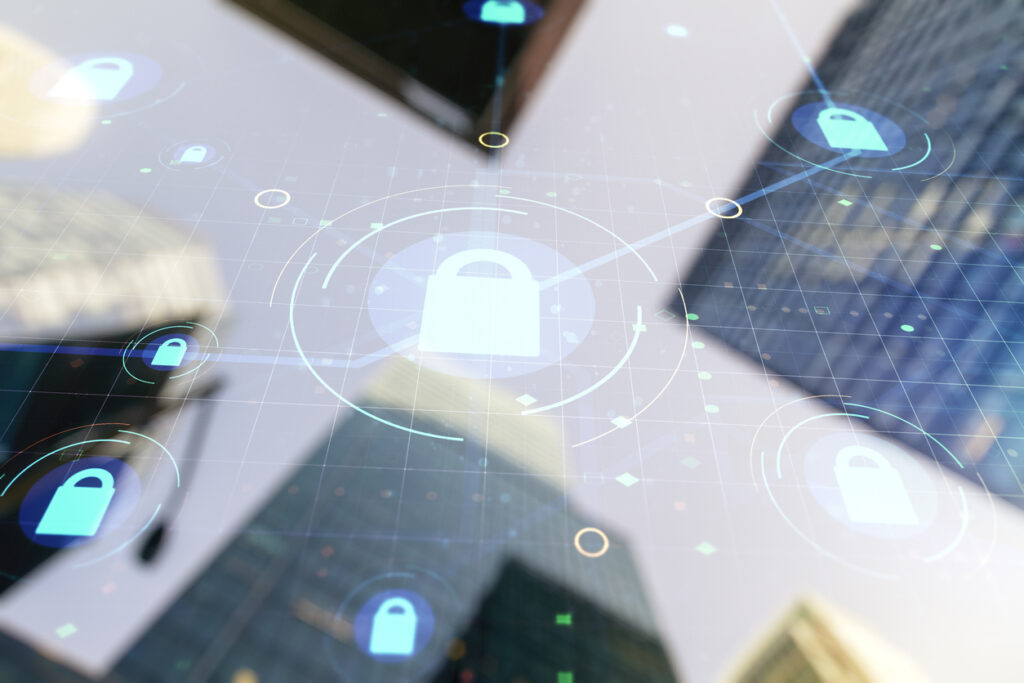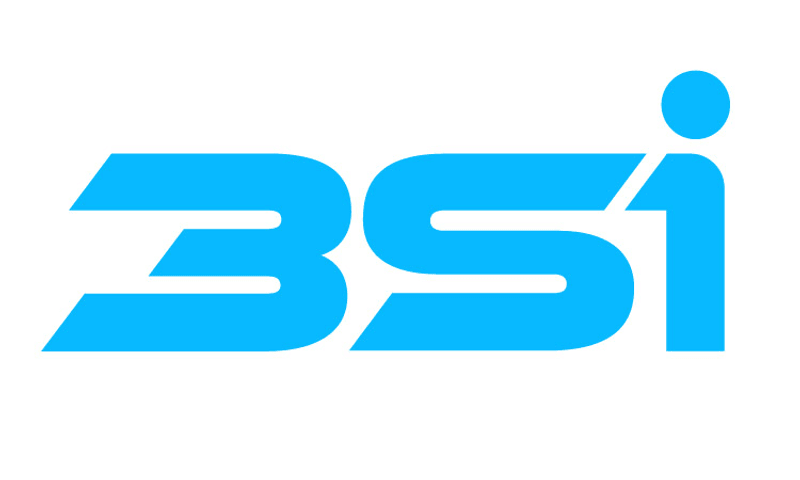I hadn’t been to a Security LeadHER conference, but my manager recommended it to me (glowingly, I may add), who attended in 2024. It wasn’t what I expected, and I mean that in the best way possible. A shoutout to the sponsors – the event results from a joint effort between ASIS and SIA, a partnership that cares about creating space for authentic connection and conversation for women.
Of course, it didn’t hurt that I was riverside in Detroit, looking out at the Canadian border. The hotel room view was beautiful, and on one of the lunches, I took a break walking down the promenade next to the river; it was picturesque, to say the least.
I have been to several industry events in the security industry that focused on new products and the hard-hitting news of the industry. Still, this event goes back to the meaning of conference – “a meeting of discussion,” celebrating women connecting and speaking to other women. Most of the breakout sessions were hands-on and involved engaging with the newly met peers right around us. It was professional, yes, but it was also human. The conversation was sharp and witty, the energy generous. The tone was one of mutual education, not ego, not competition, just real people building something that lasts.
Bridging the Gender Gap – At Least in the Physical Security Industry
The sessions before the keynote on the first day of the event (one on leadership and another on AI as it stands today in the marketplace) had us often speaking to our neighbors or raising our hands to participate during the conversation. In the first session, the speaker spoke on how traits like empathy and collaboration can and should be used in the workplace. But what struck me was how the group took time to talk about working in environments where women are still in the minority, without falling back on the usual language. There was no talk of “breaking glass ceilings” or “male-dominated fields.” Instead, we spoke on what it looks like to navigate those dynamics with skill, not asking for permission, just moving with clarity. That reframing felt subtle but important and stayed with me throughout the conference.
But a Gap is Not a Deterrent to Determined Women
The keynote that closed the first day, “Tactical Influence: Your Communication Superpower,” by Pamela Barnum, a prosecutor and a long-time undercover narcotics police officer, stood out not just for its content but for the speaker’s control of the room. She didn’t rely on volume to command attention — instead, she taught us how influence is crafted through word choice, body language, and presence. What resonated most was how she broke down communication as something that isn’t innate — it’s intentional and trainable.
She talked about working in environments where women are often outnumbered without falling into a narrative of being outpowered. The real-life stories of an undercover female cop who had to trust her ability to read people’s body language to avoid dangerous situations. She reminded us (without saying it outright) that it’s not about mimicking traditional authority but about shifting the lens entirely. Read the room! That nuance was refreshing. There was something grounding in knowing that we don’t need to overcorrect to be heard; we need to be precise. And practiced.
When Yellow Isn’t Just a Color
The following morning, Erin Stafford’s “Beat Burnout and Sustain Peak Performance” keynote took on a completely different rhythm. She brought energy, not just in her delivery, which was animated and engaging, but in how she physically crafted the experience. Her slide deck was saturated in yellow. Not an accident. Not an aesthetic choice. Yellow evokes optimism, clarity, and energy, the exact balance many of us are chasing in high-pressure environments (not to mention waking us up first thing in the morning with bright colors).
What I appreciated most was that she didn’t frame burnout as a personal failure. She framed it as a structural challenge that requires awareness and tools, not shame. Her message didn’t shy away from ambition; it simply asked whether that ambition had the support and rest it needed to be sustainable. I left the session more alert to my habits and surprisingly hopeful.
Owning What We Already Are
One of the last sessions I caught was “Being a Woman Is Your Superpower,” by Rachael Paskvan, and it was exactly the note I needed to end on. What stood out most wasn’t just the message; it was the way the speaker treated traits like empathy and intuition as skills, not slogans. There was a quiet insistence throughout the session that these aren’t soft but strategic. It felt aligned with the rest of the conference: think less about proving and more about owning.
I walked away from each session full of clarity, momentum, and a quiet validation that leading doesn’t have to look just one way. LeadHER reminded me that the future of this industry doesn’t have to look like the past, and the women shaping it aren’t waiting for that future. We’re building it now.
About the author:
Briana Stelzer, Senior Marketing Manager at 3Si Security Systems, she oversees marketing initiatives that showcase innovative security solutions. She leverages digital innovation and creative content strategies to build awareness and foster safer communities.
Learn more:
Our solutions in action #Saferworld Reports
Who we are About 3Si
Explore how we protect Industries








